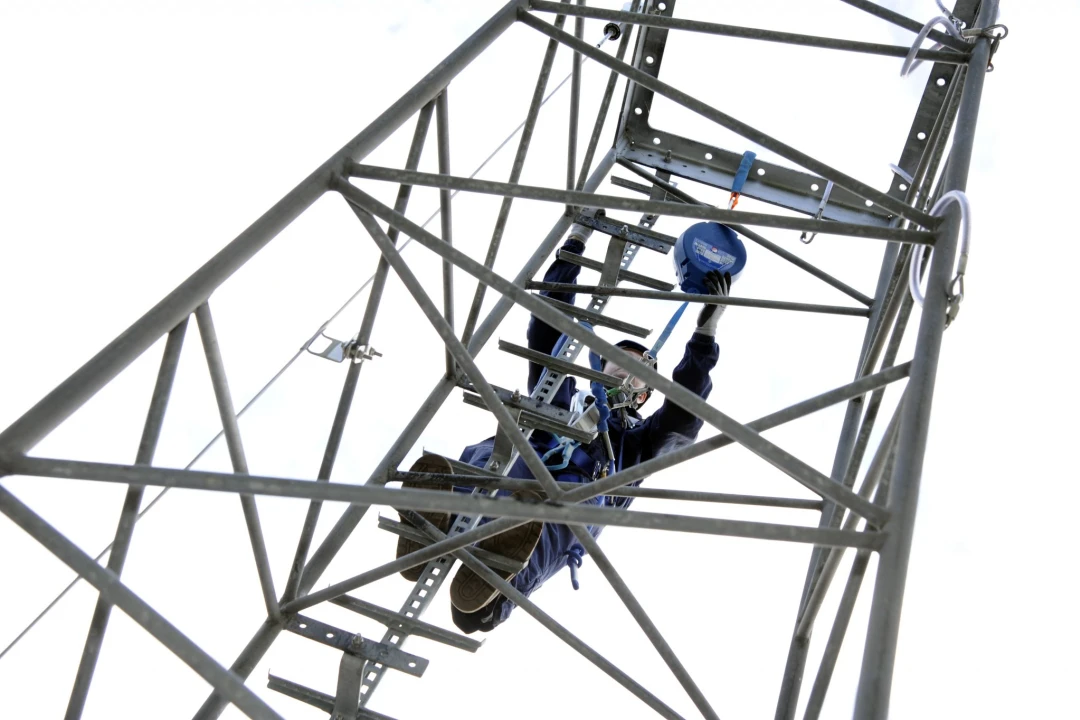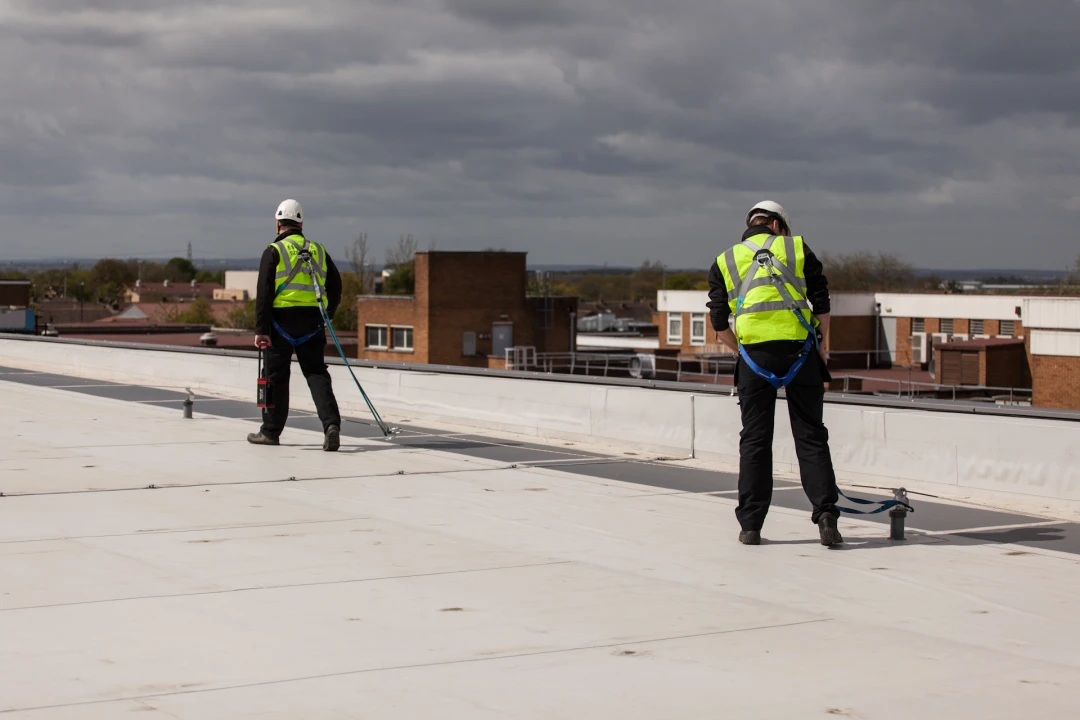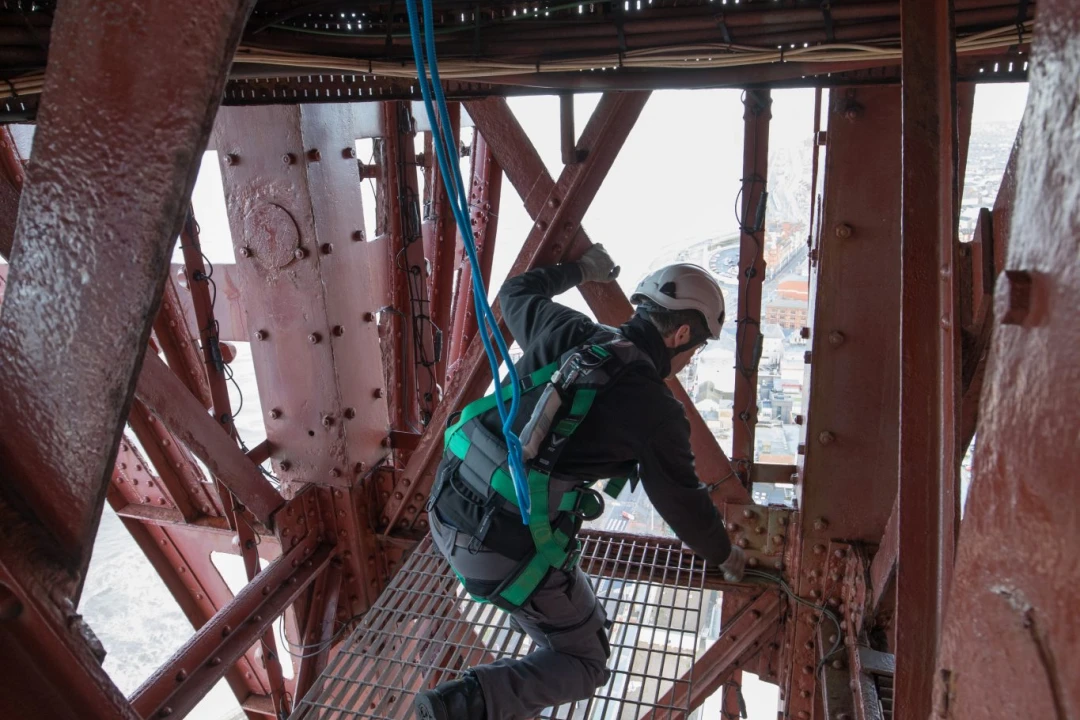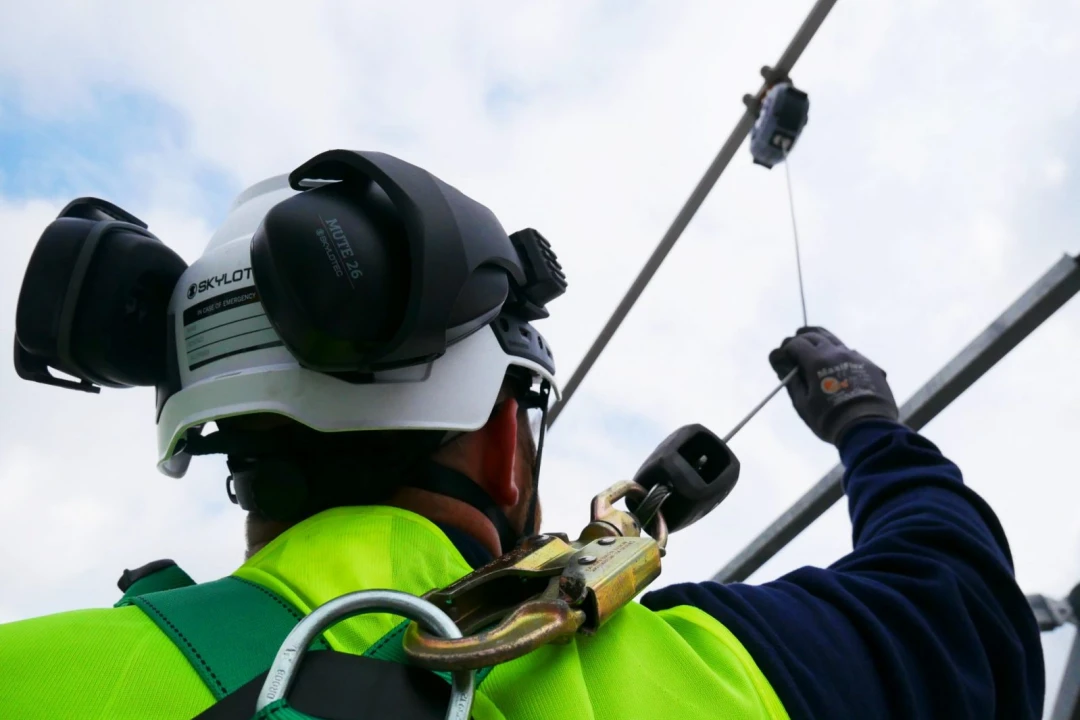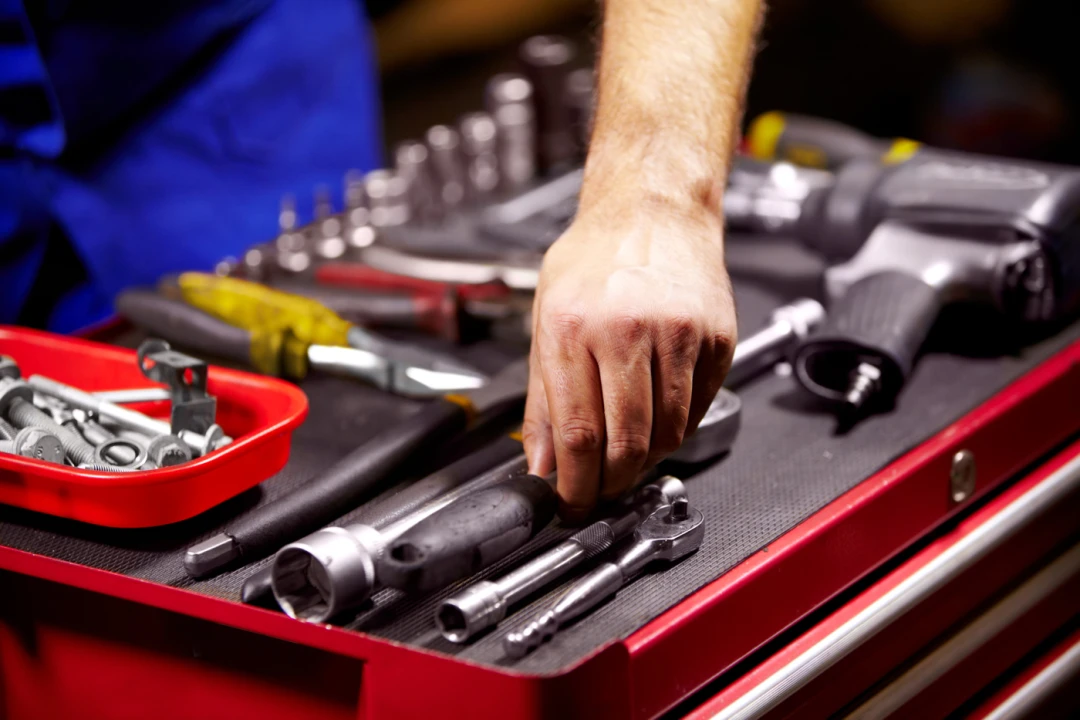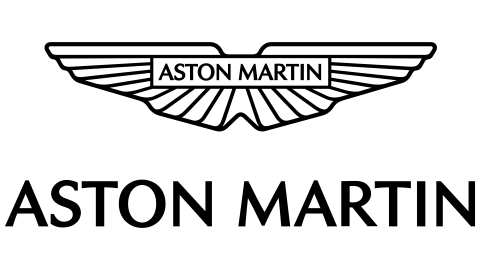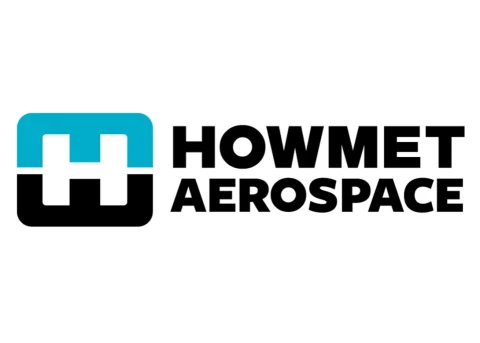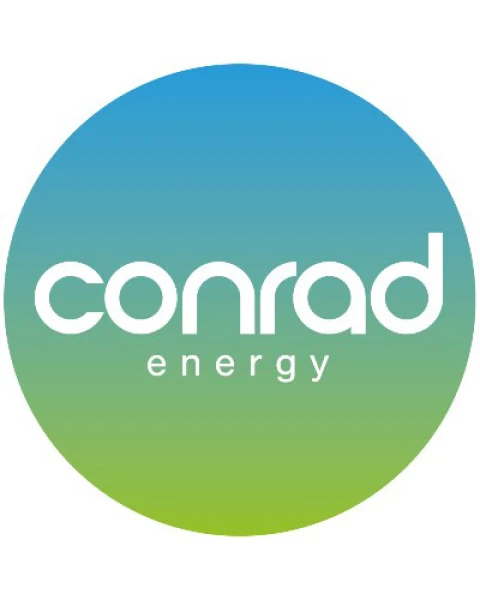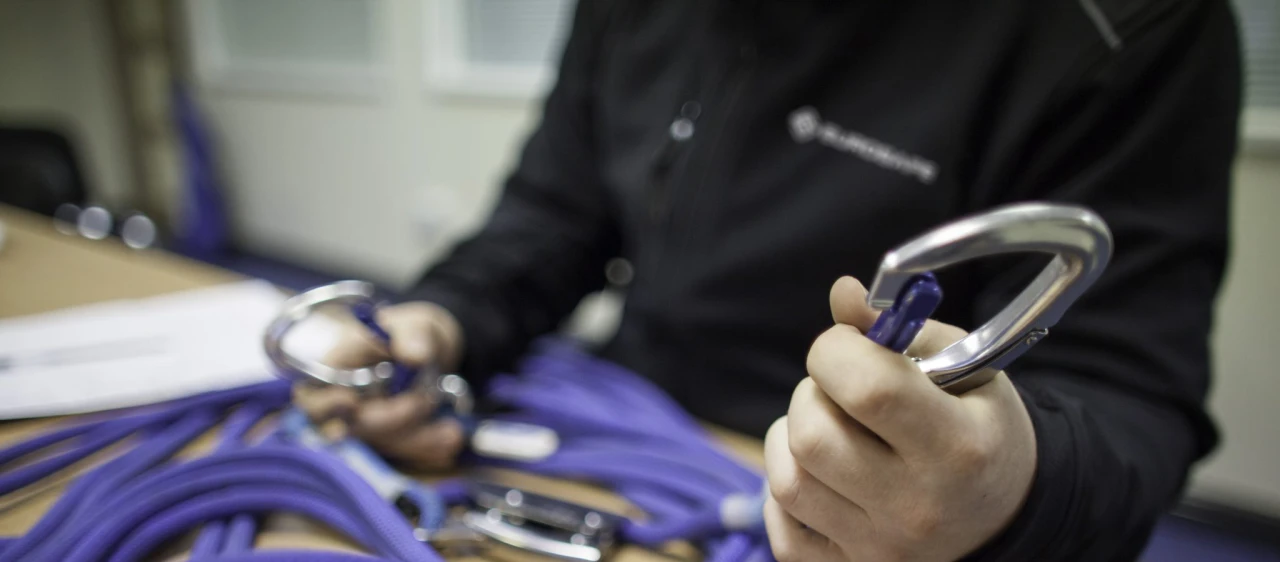

PPE Inspection
Personal Protective Equipment (PPE) used in conjunction with fall protection systems must be inspected regularly to ensure it remains safe and compliant. Typical PPE for work at height includes a full-body harness, a shock-absorbing lanyard, an appropriate attachment device such as a karabiner or a system-specific connector (e.g. a Latchways transfastener), a helmet designed for work at height, and any other equipment specific to the fall protection system in use.
Ensuring the correct specification, proper fitting, and routine inspection of PPE is absolutely critical. These steps help identify potential faults early on and can quickly reveal the “weakest link” in any fall protection system.
Regular inspections are essential, as PPE can become damaged or less effective over time due to factors such as general wear and tear, improper use, or exposure to dirt, grit, UV radiation, and chemicals.
Our PPE inspection service ensures that your PPE is fully compliant, in date, and fit for purpose.
Legislation governing PPE use and inspection criteria
At Eurosafe, we advocate the approach taken by the Work at Height Safety Association (WAHSA) with regard to the inspection of PPE.
The WAHSA technical guidance note 3 brings together the recommendations of the PPE regs 1992, BS EN 365:2004 and BS 8347:2005 CoP, HSE Guideline INDG 367. The WAHSA technical note advocates that employers establish an inspection regime, which should be drawn up by a competent person. This regime should include:
The equipment to be inspected (including their unique identification);
The frequency and type of inspection (pre-use checks, detailed, interim inspection);
Designated competent persons to carry out the inspections;
Action to be taken on finding defective products;
Means of recording the inspections;
Training of users
A means of monitoring the inspection regime to verify inspections are carried out accordingly.
Where required, we can establish an inspection regime specific to the site the frequency of use and the type of PPE provided. We can undertake some, part or all, of this inspection regime, which is dependent upon the customers’ requirements and in-house competencies. This would include:
Pre-use checks
Detailed inspections (every 6 months)
Interim inspections (3 monthly intervals – as applicable)
Frequency of inspection
Detailed inspections are expected to be followed out every 12 months as a minimum legal requirement under BS EN 365:2004. However, the recommended guidance under BS 8437: 2005 & INDG367 suggests that inspection intervals do not exceed 6 months or 3 months when used in arduous conditions such as demolition, steel erection, scaffolding, steel masts or towers with sharp edges.
Inertia blocks inspection
Fall Arrest Inertia Reel Blocks & Self Retracting Lifelines (SRLs) are inspected & serviced to EN 360
We provide a Compliance based inspection & testing service as part of a Periodic Inspection regime / PPM for Inertia reel blocks, Fall Arrest Blocks, and Retractable type fall arresters often referred to as SRDs (self-retracting Devices) or SRLs (self-retracting lifelines) which are designed in accordance with EN 360 with a typical fall arrest distance of no more than 300mm.
Inertia reel blocks such as the MSA PFL retractable lanyard, The MSA Sealed SRL (Self Retracting Lifeline), The Protecta Rebel SRL, The Ridgegear RGA Range, The Yale Fall Arrest Inertia reel block, Miller Falcon, Black Rhino & Scorpion blocks, Sala Sealed Blok – Twin Talon & Ultralok, the Tractel Blocfor & The IKAR inertia reel blocks are just some of the inertia reel blocks common in the UK marketplace. The inspection & maintenance criteria for each block differ between manufacturer & product so it is imperative that you consult the manufacturer's instructions prior to use & follow the recommended inspection/maintenance guidelines.
Eurosafe is able to guide you through this decision-making process and assist you in the inspection & maintenance of the majority of inertia reel devices.
Working at height rescue equipment
Where a fall protection system exposes the user to a fall risk, there is a need to have in place a rescue plan. Reliance upon the emergency services is no longer deemed acceptable.
A variety of rescue systems are now available. They vary from those with a self-rescue capacity, such as the Latchway Personal Rescue Device PRD – which through the deployment of a “parachute style rip cord allows the user to descend to a position of safety…through to the IKAR AB S3 WH20 rescue kit – where the casualty can be either raised or lowered by a third party to a position of safety.
In each case, there is a need for regular inspection under EN 341:2011 Personal Fall Protection Equipment; Descender devices for rescue. Our engineers are trained and qualified to undertake the inspection of all types of rescue equipment.
Request free quotation
Fill in the form below to request your free, no-obligation PPE inspection quotation.


